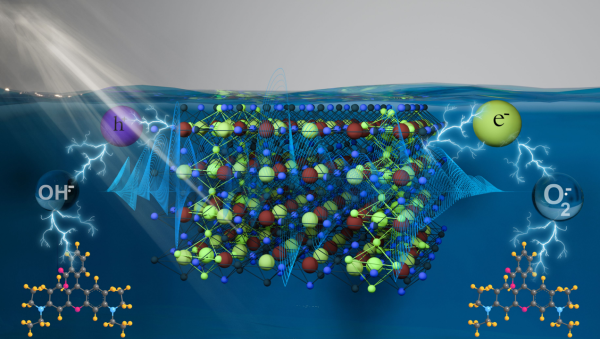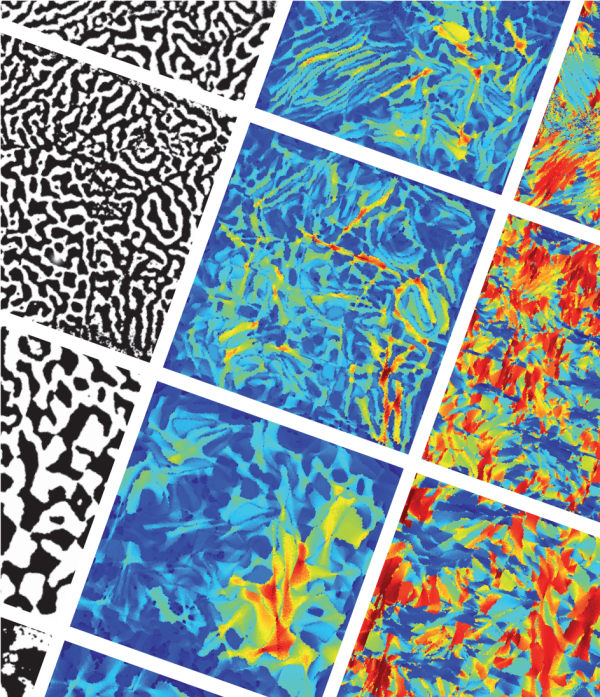Research topic: Ferroika

Photocatalysis: Article in “Advanced Functional Materials”
“Mono-, Di-, and Tri-Valent Cation Doped BiFe0.95Mn0.05O3 Nanoparticles: Ferroelectric Photocatalysts”
Astita Dubey, Chin Hon Keat, Vladimir V. Shvartsman, Kirill V. Yusenko, Marianela Escobar-Castillo, Ana Guilherme Buzanich, Ulrich Hagemann, Sergey A. Kovalenko, Julia Stähler, Doru C. Lupascu
Ferroelectric multivalent co-doped Bismuth Ferrite (BiFeO3; BFO) nanoparticles (NPs) are utilised for photocatalysis exploiting their narrow band gap. The photocatalytic activity of mono-, di-, tri-valent cations (Ag+, Ca+2, Dy+3; MDT) doped BiFe0.95Mn0.05O3 are studied under ultrasonication and at different pH values. Most of the NPs are found to be single domain ferroelectrics, where spontaneous polarization creates an internal depolarization field. We observed that divalent doping suppresses the polarization, whereas mono- and tri- valent cation doping provides an increase of polarization. The increased spontaneous polarization of mono- and tri-valent doped BiFe0.95Mn0.05O3 NPs is one of the crucial factors in enhancing photocatalytic activity along with surface area, and light absorption ability. The correlation between the photocatalytic rate of codoped BFO NPs and their structural, optical, and electrical properties is probed. The depolarization field in these single domain NPs acts as a driving force to mitigate recombination of the photoinduced charge carriers. Piezoresponse becomes especially crucial factor under ultrasonication for these ferroelectric photocatalysts.
Mehr lesen
Ferroelectrics
Oxides are the classical preference of the working group. Especially, ferroelectrics and their electrical behavior are part of the fundamental expertise at the institute. The fatigue mechanisms as well as the production of nanoparticles up to ceramics of these perovskites play a major role.
Ferroelectrics form the basis for the ceramic capacitors that we use in all electronic devices. They are also vital materials for piezoelectrics, enabling ultrasound, smart materials, echo sounders, non-destructive testing, non-linear optics, filters in cell phones, etc. In our institute relaxor ferroelectrics are studied in detail. Their complex inner structure (the photo shows the beautiful inner forms of the ceramic structure) allows maximum material coefficients. In addition, the additional complexity of multiferroics has been studied. Within the framework of the DFG Research Group 1509, composites have been investigated which couple electrical and magnetic storage properties and thus enable potentially excellent computer memories with very low energy consumption. Recently, intrinsic multiferroics, especially bismuth ferrite, which is famous for its properties at room temperature, has also gained interest.
A special feature of the methodology is atomic force microscopy, which allows the investigation of the functional properties on material surfaces on the nanometer scale.


